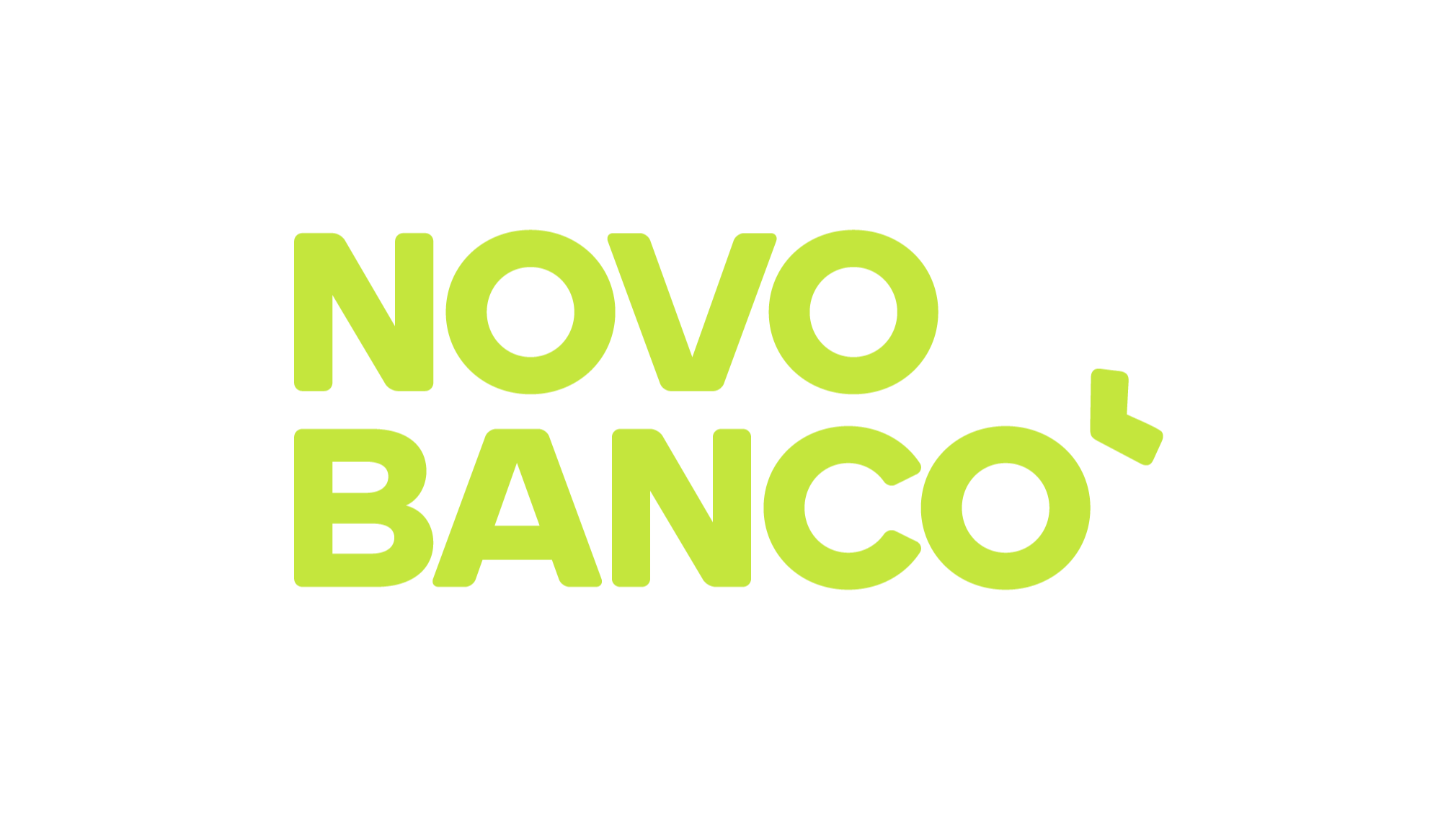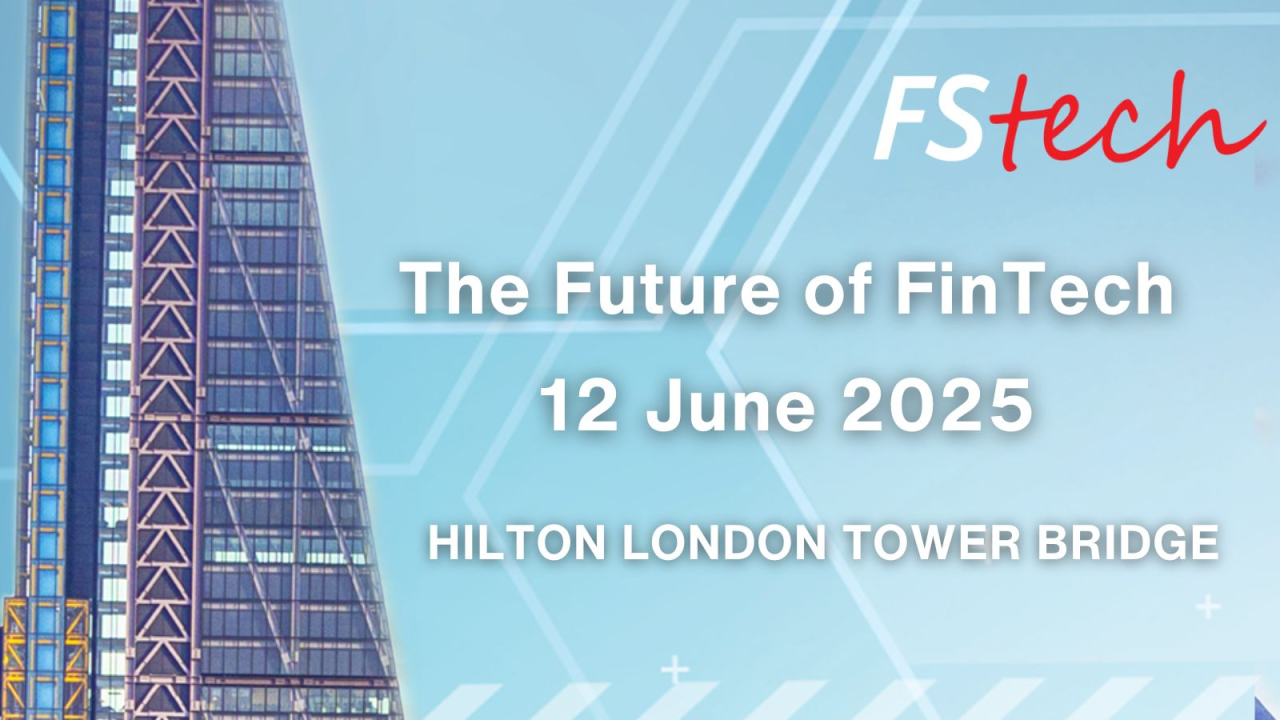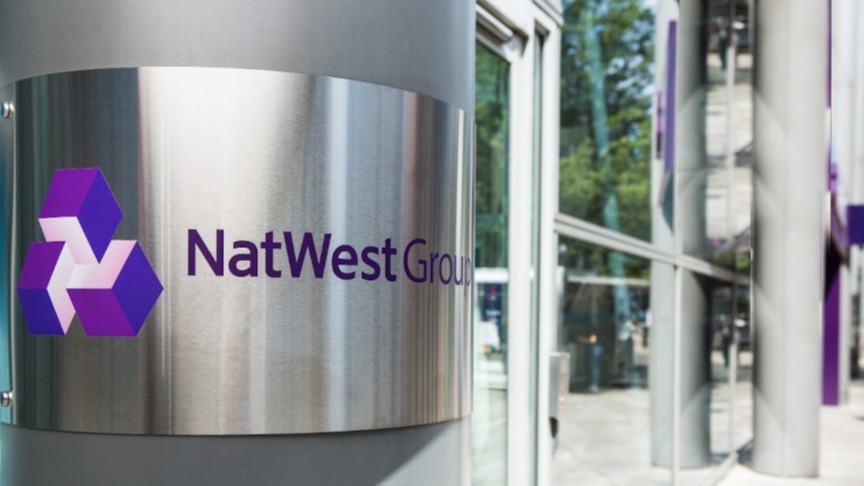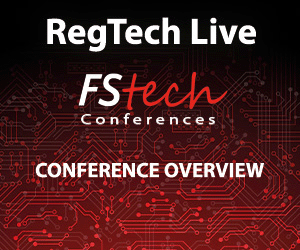With the recent launch of its pioneering agentic payments technology and an ongoing overhaul of its data strategy, change is afoot at Mastercard. FStech news editor Alexandra Leonards sits down with Greg Ulrich, the company’s chief AI and data officer, about Mastercard’s role in the emergence of agentic commerce and its broader approach to data and AI.
Mastercard recently revealed plans to work with Microsoft and other leading AI platforms to begin a landmark programme that will integrate commerce with agentic AI.
Agentic commerce is an emerging model of digital commerce in which AI-powered agents – such as chatbots or virtual assistants – can autonomously perform tasks on behalf of consumers. These agents can browse, select and purchase products online, handling end-to-end transactions with minimal or no user intervention.
This approach enables generative AI chatbots to “close the loop” by providing seamless payment experiences, building on the personalised recommendations already offered by such platforms. In effect, a conversational interface could complete an entire purchase journey autonomously for the consumer.
At the same time, Mastercard is transforming its broader data and AI strategy. It is introducing tools to improve data categorisation and cleansing, supporting internal teams with enhanced knowledge management, and using AI to enhance the safety and personalisation of commerce.
The emergence of agentic commerce
Greg Ulrich, Chief AI and Data Officer at Mastercard, says the company is actively laying the groundwork for agentic commerce, supporting experiences that consumers are “already gravitating towards”. He notes a clear shift from traditional to AI-powered search and shopping, prompting Mastercard to explore how to enable this phenomenon securely.
“We’re very excited about enabling that because it doesn’t work well today,” he says. “By definition, all of our fraud detection systems are set up to identify non-human transactions as fraudulent – and now we’re encouraging non-human transactions.”
To address this, Mastercard is launching Agentic Tokens, building on its existing tokenisation infrastructure that supports mobile contactless payments, secure card-on-file usage, Payment Passkeys and programmable payments like subscriptions and recurring expenses.
Ulrich explains that with the advent of agentic commerce, the current payments ecosystem must be transformed so that agents are able to certify themselves.
“They can be recognised so that it gets flagged as a proper transaction, authenticated as a real consumer through an agent as opposed to fraudulent,” he continues. “And so, we're doing that right now.”
That said, he acknowledges that full integration across the ecosystem is still some way off but adds that initial transactions are only weeks away.
“This is coming. The speed at which everyone is pushing and evolving is real,” he says. “You have well-capitalised companies that are very excited about doing this – so everybody had better keep up.”
While Ulrich does not foresee immediate risks, he emphasises the importance of handling data responsibly.
“How we think about liability and consent, and how we track those, is something we must get right,” he explains. “We have elements of this in place, but as it gets more complicated, the role of new entities within the ecosystem must be understood.
“These are things we’re actively addressing with our partners.”
Transforming data and AI
Mastercard’s focus on agentic commerce aligns with broader efforts to modernise its data and AI strategy, with an aim of making commerce safer, smarter and more personalised.
Given that Mastercard’s data capabilities underpin many of its services, the company is now building its own AI and data stack. This includes cleaning and linking data and creating a unified data platform to consolidate disparate datasets.
A recent proof-of-concept (POC) illustrates this shift. Designed for a group of Mastercard products that require regular updates, the POC created a streamlined data infrastructure. As a result, what previously took weeks now takes hours – a time saving of more than 90 per cent.
Despite these technological gains, Ulrich identifies organisational readiness as a greater challenge.
“What keeps me up at night is more the change management than the technology itself,” he says.
With this in mind, he explains, education is crucial in the implementation of advanced technology. He refers to several internal use cases Mastercard has rolled out for its workforce to demonstrate why training is so important.
“We have over 3,000 consultants using a tool that lets them access the corpus of information accumulated by their group over the years,” he says. “It includes 50,000 documents, as well as web search capabilities, to support knowledge management to help them on cases.”
He adds that this tool acts as an “insight generation thought partner”, enabling back-and-forth exploration of ideas.
“There are many more use cases we’re expanding to further enhance their experience,” he says.
The company is also using AI tools to improve processes in coding, customer onboarding and product understanding.
For example, when account teams meet with a bank, they can now quickly access performance data against benchmarks – a process that previously took weeks, now completed in minutes.
“A big component is educating people on how to use it properly,” Ulrich continues. “This is a big learning curve and a lot of it requires coaching rather than formal teaching, and that’s less scalable.”
He stresses that success depends not just on deployment, but on integration and real-world usage. “Getting usage right across the enterprise, in a way that drives value – that’s what really keeps me up at night.”
Not all users, even those comfortable with technology, instinctively know how to apply these tools.
“That’s my point about the learning curve,” he says. “In the hands of the right people, it’s incredibly powerful.”
A new AI era
Looking ahead, Mastercard plans to deepen its collaboration with Microsoft by integrating Copilot and Azure OpenAI Service into its payments infrastructure to scale agentic commerce.
It will also partner with firms like IBM to develop business-to-business use cases and work with acquirers such as Checkout.com to strengthen tokenisation capabilities in support of agentic payments. Additionally, Mastercard is engaging with industry stakeholders to define standards for agentic payments, including the application of the Model Context Protocol to Secure Remote Commerce.
The card processor’s goal is for tokenised payment credentials to be “seamlessly integrated across agentic commerce platforms”, allowing banks to remain central to the consumer experience.
With its strategic shift in AI and data, Mastercard is entering a new era in financial services and payments. Over the coming months, industry observers will be watching closely to see how Mastercard – and rival Visa – navigate the challenges of regulation, traditional fraud detection barriers and building consumer trust in an increasingly autonomous payments landscape.
Latest News
-
Spanish government blocks BBVA and Sabadell merger for three years
-
Mastercard launches A2A instant payments sandbox for UK banks and financial institutions
-
Zopa Bank enters current account market with high-interest Biscuit offering
-
Monzo executive highlights need for inclusive design in financial services as UK Finance prepares accessibility white paper
-
UK has ‘lost its competitive edge in payments,’ says Lloyds COO
-
EuroPA and EPI cooperate to strengthen sovereign Pan-European payments
Banking's GenAI evolution: Beyond the hype, building the future
In the first episode of a three-part video podcast series sponsored by HCLTech, Sudip Lahiri, Executive Vice President & Head of Financial Services for Europe & UKI at HCLTech explores how financial institutions can navigate the transformative potential of Generative AI while building lasting foundations for innovation.
Beyond compliance: Transforming document management into a strategic advantage for financial institutions
In this exclusive fireside chat, John Rockliffe, Pre-Sales Manager at d.velop, discusses the findings of Adapting to a Digital-Native World: Financial Services Document Management Beyond 2025 and explores how FSIs can turn document workflows into a competitive advantage.
Sanctions evasion in an era of conflict: Optimising KYC and monitoring to tackle crime
The ongoing war in Ukraine and resulting sanctions on Russia, and the continuing geopolitical tensions have resulted in an unprecedented increase in parties added to sanctions lists.
Achieving operational resilience in the financial sector: Navigating DORA with confidence
Operational resilience has become crucial for financial institutions navigating today's digital landscape riddled with cyber risks and challenges. The EU's Digital Operational Resilience Act (DORA) provides a harmonised framework to address these complexities, but there are key factors that financial institutions must ensure they consider.
© 2019 Perspective Publishing Privacy & Cookies















Recent Stories